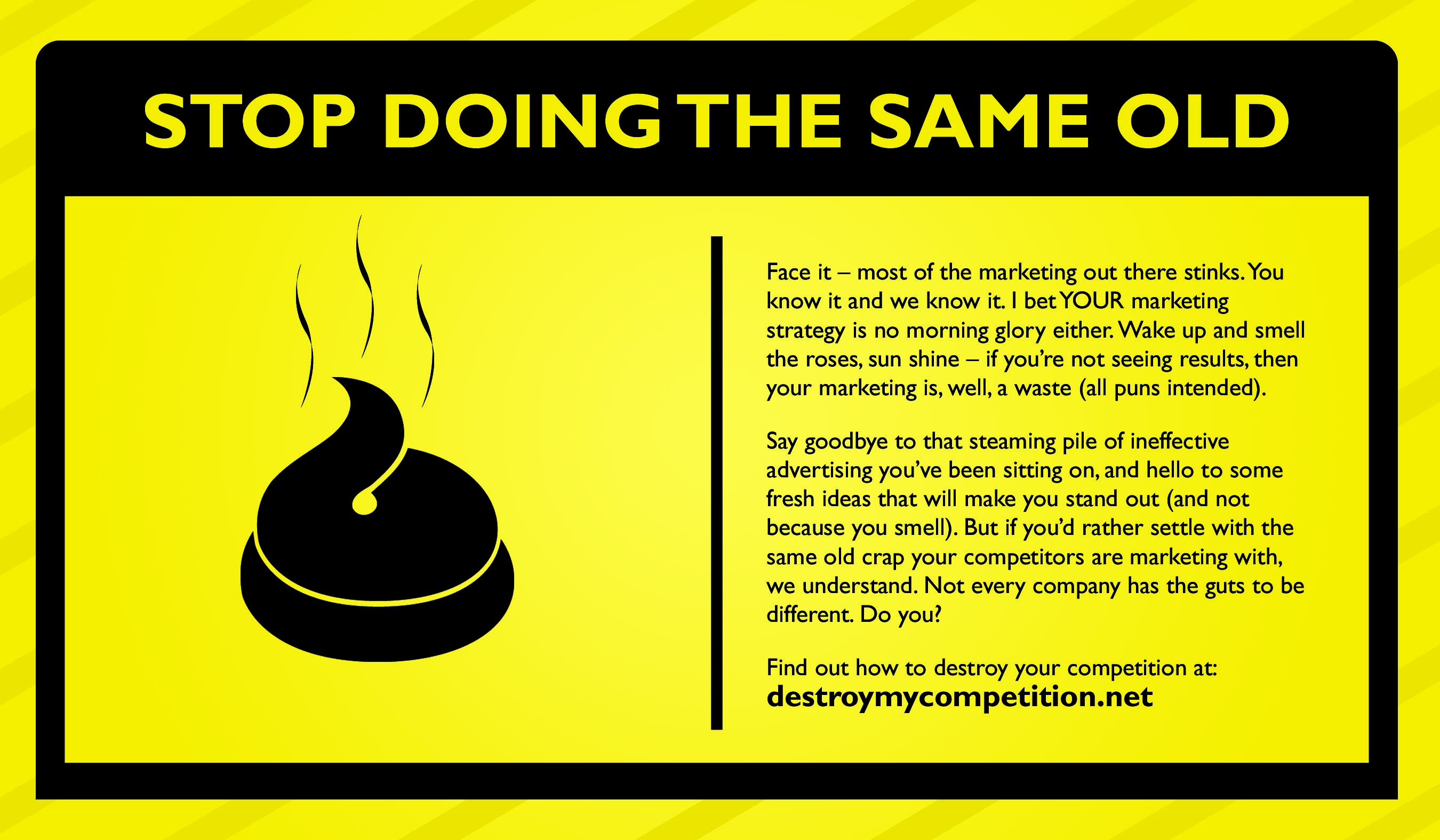These are the questions that circled through my mind as I read Ad Age this morning, as has become my habit to do just about every morning.
I especially love the “Small Agency Diary” articles because most of the things they talk about are experiences we’ve all had in the marketing world. It’s like my pals in Ad Age land have been spending time right here in our office.
But all I could think about as I read Derek Walker’s blog post this morning, “Who are you and why are you here?” was how would I answer that question?
It’s such a simple thing. A straightforward and direct request. Who are you? And now that I start to think about it, Derek is right in his point. You go to so many advertisers and marketers’ websites, and you get no idea about who they really are. What is their perspective and their raison d’etre? What do they think is their most powerful offering?
For goodness sakes, give us a little personality! I mean, as marketers we’re supposed to build brands and deliver messages for our clients. If we can’t tell you who we are and why we’re so special, how could you ever trust us with your own company’s image?
So with all of this reflection I digress. I take a step back to the MOS website and take a fresh look at how we represent ourselves as a company, as individuals, as creatives. And again I ask, Who am I? And why am I here?










